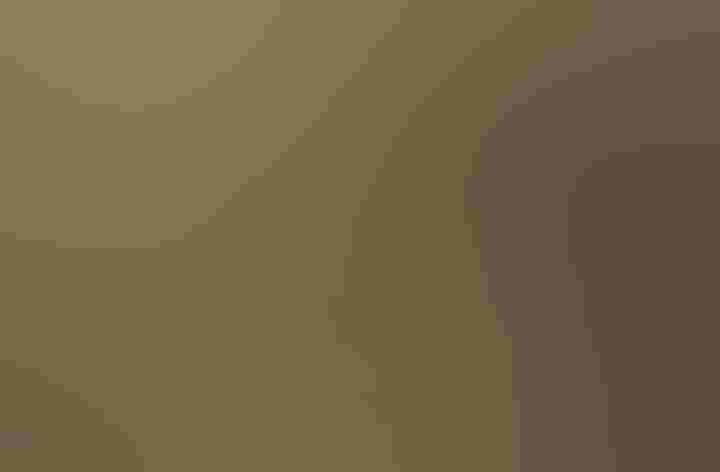Greater Prairie-Chicken
At a Glance
At one time, the eerie hollow moaning of male prairie-chickens displaying on their spring 'booming grounds' was a common sound across much of central and eastern North America. Today the prairie-chickens are quite uncommon and localized; the race on the Atlantic seaboard, called the Heath Hen, became extinct in 1932. Greater Prairie-Chickens still thrive on a few areas of native grassland in the midwest.
All bird guide text and rangemaps adapted from Lives of North American Birds by Kenn Kaufman© 1996, used by permission of Houghton Mifflin Harcourt Publishing Company. All rights reserved.
Category
Phasianidae, Pheasants and Grouse, Upland Ground Birds
IUCN Status
Vulnerable
Habitat
Fields, Meadows, and Grasslands, Shrublands, Savannas, and Thickets
Region
Great Lakes, Plains, Rocky Mountains, Texas
Behavior
Direct Flight, Flushes, Running
Population
360.000
Range & Identification
Migration & Range Maps
Some individuals are permanent residents, others may move between breeding and wintering areas, traveling as much as 100 miles. No obvious or consistent differences in habitat between breeding and wintering sites.
Description
16-18" (41-46 cm). Chunky and brown, heavily barred, especially on underparts. Male's yellow neck sacs are visible only in courtship display. In flight, shows short black tail.
Size
About the size of a Crow, About the size of a Mallard or Herring Gull
Color
Black, Brown, Orange, Red, Tan, White, Yellow
Wing Shape
Broad, Fingered, Rounded
Tail Shape
Rounded, Short, Square-tipped
Songs and Calls
Hollow "booming" call during display; also cackles and clucks.
Call Type
Drum, Odd, Scream
Habitat
Native tall-grass prairie. Prime original habitat apparently was where prairie was intermixed with oak woodland. Currently found in areas of tall-grass prairie (especially native prairie, now a rare type), including places where such habitat is interspersed with agricultural fields.
Sign up for Audubon's newsletter to learn more about birds like the Greater Prairie-Chicken
Behavior
Eggs
Usually 10-12, sometimes 7-17. Olive to pale buff, speckled with dark brown. Incubation is by female only, 23-25 days.
Young
Follow female away from nest shortly after hatching. Young find all their own food. Can make short flights at about 2 weeks, stronger flights at 3 weeks. Young usually remain with female for almost 3 months.
Feeding Behavior
Forages mostly on the ground, occasionally in trees. Most feeding in early morning and evening.
Diet
Mostly seeds, leaves, insects. Winter diet is mostly leaves and seeds, also waste grain in agricultural fields. Historically, may have eaten many acorns in winter, and still may do so where they are available. In summer eats a variety of leaves, buds, seeds, berries, and insects. Young birds eat more insects.
Nesting
In spring, males gather on "booming grounds" and display there to attract females. Booming ground often on low hill, with good visibility; typically 8-20 males present, exceptionally up to 70. In display, male lowers head and raises tail, inflates air sacs on neck, raises feather tufts, stamps feet rapidly while making hollow moaning sounds; may leap in the air with loud cackles. Female visits booming ground, mates with one of the males. Nest site is on ground, among thick tall grass. Nest (built by female) is shallow depression lined with grass, leaves, feathers.
Conservation
Conservation Status
Atlantic Coast race (Heath Hen) became extinct in 1932; Texas coast race (Attwater's) is seriously endangered. Loss of habitat is single greatest threat to remaining populations in interior.
Climate Threats Facing the Greater Prairie-Chicken
Choose a temperature scenario below to see which threats will affect this species as warming increases. The same climate change-driven threats that put birds at risk will affect other wildlife and people, too.





